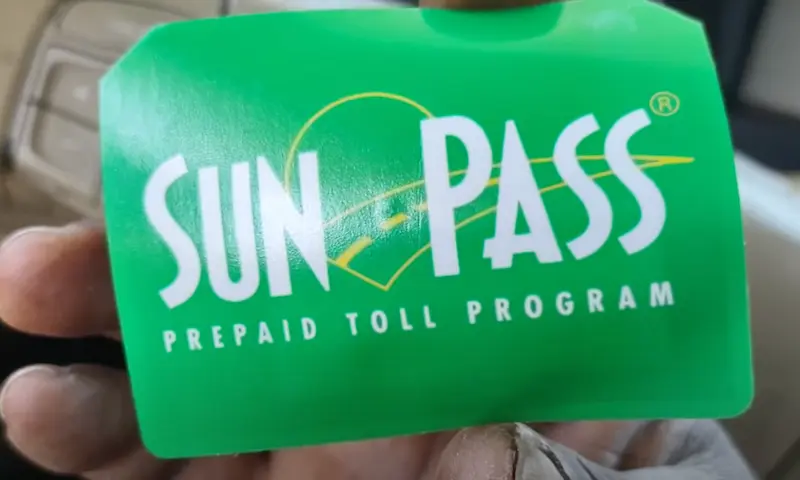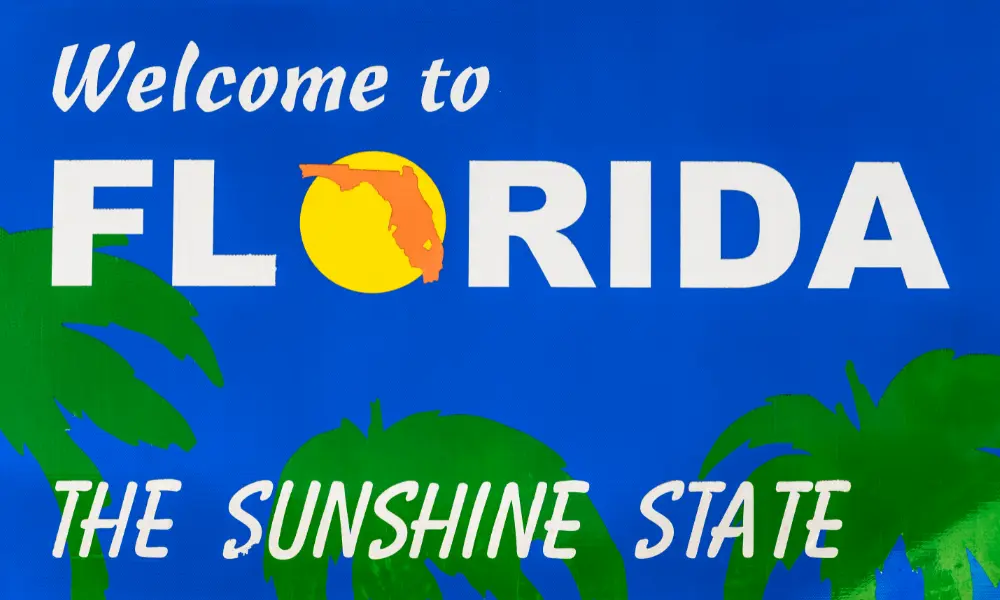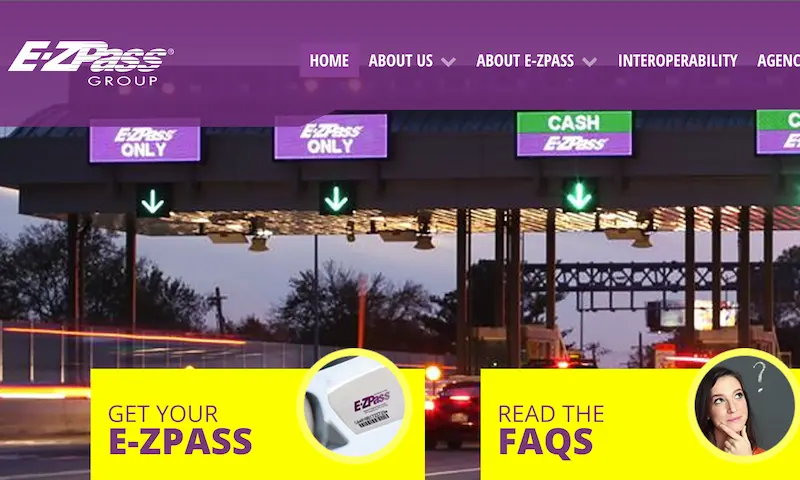Ever wondered who’s actually collecting your toll money when you zip through Texas highways? You’re not just paying some faceless “government” – the ownership structure is surprisingly complex, with a mix of public agencies and private companies controlling different stretches of pavement across the state.
The Major Players in Texas Toll Road Ownership
Texas has approximately 25 toll roads, and they’re split between several different types of owners. Here’s who controls your daily commute:
State Government: TxDOT
The Texas Department of Transportation (TxDOT) directly operates several major toll systems throughout the state, including:
- Central Texas Turnpike System (portions of Loop 1, SH 45, SH 130)
- TEXpress Lanes in Dallas-Fort Worth
TxDOT maintains ownership of all toll road infrastructure, even when private companies handle day-to-day operations. For example, with SH 130, TxDOT controls Segments 1-4, while a private company manages Segments 5-6.
Regional Tollway Authorities
These public agencies are responsible for most toll roads Texans use daily:
North Texas Tollway Authority (NTTA)
The NTTA oversees 10 toll roads in the Dallas-Fort Worth area, including the Dallas North Tollway and President George Bush Turnpike. Despite rumors of foreign ownership that occasionally circulate online, NTTA is entirely public – governed by a board appointed by Collin, Dallas, Denton, and Tarrant counties.
NTTA operates as a political subdivision of Texas, issuing bonds backed by toll revenue and maintaining infrastructure without state tax funding.
Harris County Toll Road Authority (HCTRA)
If you’re driving toll roads around Houston, you’re using HCTRA’s system. This county agency manages popular routes like:
- Sam Houston Tollway
- Hardy Toll Road
- Katy Managed Lanes
HCTRA is 100% publicly owned through Harris County, funded through county bonds and toll collections – not foreign investment as some misconceptions suggest.
County and Regional Mobility Authorities
Smaller regional entities also manage specific toll roads:
- Central Texas Regional Mobility Authority (CTRMA): Manages 183A Toll Road and MoPac Express Lanes in Austin
- Fort Bend County Toll Road Authority: Operates county toll roads near Houston
- Cameron County Regional Mobility Authority: Oversees SH 550 near Brownsville
Private Companies: The Complicated Part
Here’s where Texas toll road ownership gets interesting. While the state maintains ownership of the physical roads, private companies have secured long-term concession agreements to operate certain toll roads:
Private Operators Through Concessions
Through Comprehensive Development Agreements (CDAs), private companies can design, build, and operate toll roads in exchange for toll revenue rights. Major examples include:
- SH 130 (Segments 5-6): Operated by SH 130 Concession Company (formerly Cintra, a Spanish firm) through a 50-year agreement
- LBJ Express (I-635): Run by LBJ Infrastructure Group (Cintra and Meridiam) until 2061
- North Tarrant Express: Managed by NTE Mobility Partners
- SH 288 Toll Lanes: Operated by Blueridge Transportation Group
This table shows some key Texas toll roads and their operators:
| Toll Road | Location | Owner | Operator | Notes |
|---|---|---|---|---|
| Dallas North Tollway | Dallas | Public (NTTA) | NTTA | Fully public ownership |
| Sam Houston Tollway | Houston | Public (HCTRA) | HCTRA | County-owned and operated |
| SH 130 (Segments 1-4) | Austin | Public (TxDOT) | TxDOT | State-owned and operated |
| SH 130 (Segments 5-6) | Austin to San Antonio | Public (TxDOT) | Private (SH 130 Concession Company) | 50-year private concession |
| LBJ Express (I-635) | Dallas | Public (TxDOT) | Private (LBJ Infrastructure Group) | Private concession until 2061 |
How Texas Toll Roads Came to Be: A Brief History
Texas toll roads have evolved significantly over the decades:
The Early Years
The concept of private toll roads in Texas dates back to the mid-20th century. In 1957, the Texas Turnpike Authority developed the state’s first modern toll roads, including the Dallas-Fort Worth Turnpike (now part of I-30).
The Shift Toward Private Involvement
By the early 2000s, declining gas tax revenues and explosive population growth pushed Texas to seek new financing models. The Comprehensive Development Agreement (CDA) framework, established in 2003, opened the door for private companies to play a bigger role.
The 2012 agreement with Cintra for segments of SH 130 marked a major turning point. This deal included a $430 million federal loan and revenue-sharing with TxDOT – but also sparked debates over foreign control of Texas infrastructure.
How Texas Toll Roads Are Funded
Understanding who owns toll roads means understanding how they’re funded:
Public Toll Authorities
Agencies like NTTA and HCTRA rely primarily on:
- Tax-exempt bonds repaid through toll collections
- No direct taxpayer funding for operations
For example, NTTA manages a multi-billion dollar debt portfolio serviced entirely by toll collections, which totaled over $1 billion in recent years.
Private Projects
Private toll road projects typically combine:
- Private equity investment
- Federal loans (like the TIFIA program)
- Toll revenue projections
The SH 130 project, for instance, included a $475 million contribution from the federal TIFIA program alongside private investment.
Common Controversies About Toll Road Ownership
The hybrid public-private model of toll road ownership in Texas has generated several ongoing controversies:
1. Revenue Prioritization Over Safety
Critics point to the SH 130 concession, which required TxDOT to raise speed limits to 85 mph to attract users, despite safety concerns raised by trucking groups and safety advocates.
2. Non-Compete Clauses
Many private toll road contracts include provisions that prevent expanding free roads near tollways, which critics say artificially inflates congestion on alternatives to boost toll revenue.
3. Financial Risks
The SH 130 concession illustrates the financial risks of private toll roads. Its lower-than-projected traffic volumes led to a Moody’s downgrade in 2014, highlighting potentially overoptimistic revenue projections.
4. Transparency Issues
Private toll road deals have faced scrutiny over transparency. Some critics have questioned political connections in the awarding of these lucrative contracts.
The Future of Toll Road Ownership in Texas
Looking ahead, Texas toll road ownership appears to be evolving in several ways:
Dynamic Tolling Expansion
Managed lanes with variable pricing are replacing fixed tolls on newer projects. This model adjusts rates based on congestion, optimizing both traffic flow and revenue generation.
Potential Legislative Changes
Advocacy groups continue pushing for reforms in how toll roads are managed, including:
- Banning non-compete clauses that prevent free road improvements
- Requiring more transparency in how toll revenue is allocated
- Mandating state buyback options after reasonable time periods
Are Foreign Companies Really Owning Texas Toll Roads?
Despite rumors that occasionally spread on social media, foreign companies don’t “own” Texas toll roads outright. What actually happens:
- The physical roads remain public property owned by Texas agencies
- Foreign companies (like Spanish firm Cintra) have secured operating rights through concession agreements
- These agreements allow them to collect tolls for a set period (typically 30-50 years)
- After the concession period, full operational control returns to the state
A fact check confirms that rumors about Chinese ownership of North Texas tollways are false. The NTTA is a public entity, not owned by any foreign government or corporation.
What Texas Law Says About Toll Roads
Texas has specific laws governing toll roads:
- Existing free roads cannot be converted to tollways
- New toll projects must be additive to existing infrastructure
- A 2007 partial moratorium on private toll roads limited new CDAs, though many projects were grandfathered in
Case Study: SH 130 – A Tale of Two Ownership Models
The SH 130 toll road provides a perfect case study in the different ownership approaches Texas uses:
Public Segments (1-4)
- Owned and operated by TxDOT
- Funded by state bonds
- Lower toll rates ($0.15/mile)
- Located in more developed areas
Private Segments (5-6)
- Owned by TxDOT but operated by SH 130 Concession Company
- Funded through private investment and federal loans
- Higher toll rates (initially $0.20/mile)
- Features 85 mph speed limit to attract users
- Filed for bankruptcy protection in 2016 due to lower-than-expected traffic
This dual approach shows the tradeoffs between public and private toll road management within a single corridor.
How to Tell Who Owns the Toll Road You’re Using
Curious about who’s collecting your toll money? Here’s how to identify the owner:
- Check your toll tag statement – it will show which agency is billing you
- Look for signage on the toll road itself – most display logos of the operating agency
- Visit TxDOT’s toll roads page for information on specific toll roads
Public vs. Private: Which Model Works Better?
The debate over which ownership model works better continues, with valid points on both sides:
Advantages of Public Ownership
- Revenue stays with public agencies for transportation improvements
- Greater public accountability and transparency
- No profit motive that might compromise service
Advantages of Private Concessions
- Faster project delivery and construction
- Private financing reduces initial taxpayer burden
- Potential for innovation and efficiency
- Risk transfer to private sector
The effectiveness of each model ultimately depends on contract terms, oversight, and how well public interests are protected in agreements.
What Your Toll Money Actually Pays For
When you pay tolls in Texas, your money goes toward:
- Repaying the bonds used to build the road
- Ongoing maintenance and operations
- Future expansion projects
- Administrative costs and toll collection
- In private concessions, a portion goes to investor returns
Toll rates vary significantly based on ownership model, location, and congestion levels, with privately operated segments typically charging higher rates than publicly operated ones.
Texas toll roads represent a complex hybrid of public oversight and private investment. While the physical roads themselves remain public property, the operating arrangements vary widely across the state, from fully public entities like NTTA and HCTRA to long-term private concessions with companies like Cintra.
As Texas continues to grow, understanding who controls these vital transportation arteries becomes increasingly important for drivers and taxpayers alike.
















